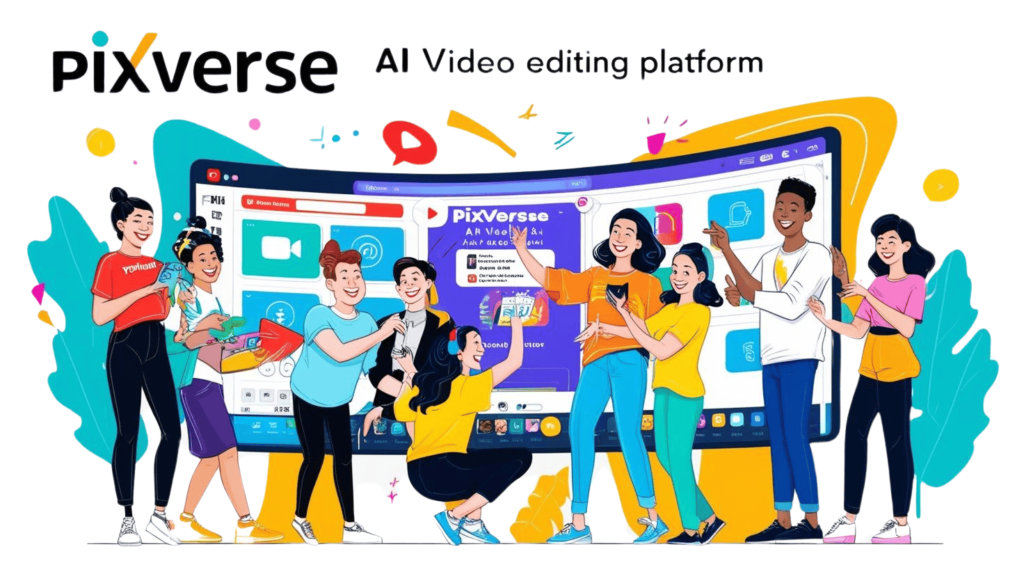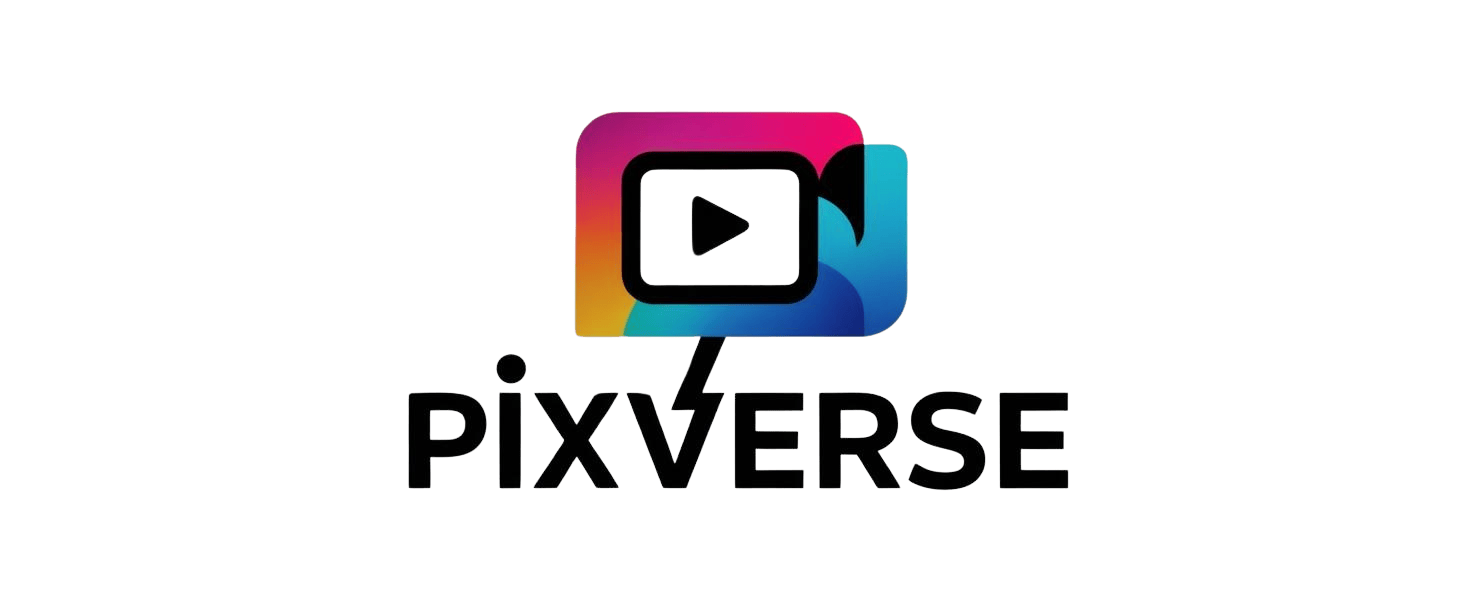The Future of Video
Trends, Innovations, and What’s Next

Video has become a cornerstone of digital communication. From social media platforms to advertising, video is the most engaging form of content in today’s world. As technology evolves, so does video. From immersive experiences to AI-powered tools, the future of video is nothing short of exciting. In this article, we’ll explore the key trends and innovations shaping the future of video and what to expect in the coming years.
AI-Powered Video Creation

AI is already making waves in video production, and it’s only going to get better. AI-powered editing tools can automate complex tasks such as cutting, color grading, and even suggesting edits based on content analysis. In the near future, AI will play an even bigger role in video creation, with tools that can generate entire videos from basic scripts or even transform voiceovers and add animations automatically.
Example: PixVerse V3 Beta’s AI-powered editing tools already make video creation faster and easier by automating tasks like scene detection, voiceover generation, and automatic scene labeling.
Virtual Reality (VR) and Augmented Reality (AR)
Virtual Reality (VR) and Augmented Reality (AR) are revolutionizing video consumption. These technologies allow for fully immersive experiences that traditional video cannot match. As VR and AR technologies continue to improve, expect to see more interactive and engaging video content. From VR concerts to AR product demonstrations, these technologies are making video more interactive and immersive than ever before.
Example: Imagine attending a live concert from the comfort of your home, experiencing every angle in real-time, or viewing a product in 3D before purchasing it—all made possible with VR and AR.

Live Streaming and Real-Time Content

Live streaming has gained immense popularity in recent years, and its role in the future of video will continue to grow. Real-time video content allows creators to connect with their audience instantly, fostering stronger engagement. Social media platforms like Facebook, Instagram, and YouTube have already embraced live streaming, and its use is expected to expand with more interactive features, such as live polls, shopping, and audience participation.
Example: A business could host a live Q&A session with their CEO, allowing customers to interact with the brand in real-time, increasing customer engagement and trust.
Interactive Videos and Shoppable Content
Interactive video is one of the biggest innovations in the industry. Unlike traditional video, interactive video allows viewers to make choices that influence the outcome of the video. This trend is being adopted in marketing, education, and entertainment. For example, choose-your-own-adventure-style content, where viewers can control the storyline, is becoming more popular.
Shoppable content is another emerging trend, where viewers can purchase products directly through video. This will significantly impact the e-commerce industry, allowing brands to create more immersive shopping experiences.

Example: Fashion influencers on Instagram could host shoppable live streams where viewers click on clothing items featured in the video and buy them directly through the platform.
Video SEO and Personalized Content

As the volume of video content continues to rise, standing out in search results will become increasingly difficult. This is where video SEO will play a crucial role. Platforms like YouTube already have robust algorithms to suggest videos to users based on their interests, but we can expect these algorithms to become even more advanced, offering personalized video recommendations based on behavior, preferences, and even mood.
Example: A fitness YouTuber could use video SEO to ensure their workout videos appear at the top of search results for users looking for home workout routines, while an AI could tailor the content to the viewer’s fitness level and interests.
Short-Form Video Content
With the rise of platforms like TikTok, Instagram Reels, and YouTube Shorts, short-form video content is taking the world by storm. These bite-sized videos offer a quick and easy way for creators to engage with their audience, making it easier to go viral and gain traction quickly. Short-form videos will continue to dominate as users’ attention spans shorten and mobile-first consumption increases.
Example: A brand might create a series of quick, entertaining videos that highlight their products, giving viewers a snapshot of what they offer in just 30 seconds.
Cloud-Based Video Editing and Collaboration
Cloud-based video editing is rapidly gaining traction, offering creators the ability to edit videos from anywhere in the world. Platforms like PixVerse V3 Beta have already introduced cloud collaboration features that allow teams to work together in real time. In the future, we’ll see even more robust cloud tools that make video creation more collaborative, efficient, and flexible.
Example: A marketing agency could collaborate with remote video editors and graphic designers to produce a promotional video, with all team members working on the project simultaneously in the cloud.
Deepfake Technology and Ethical Implications
Deepfake technology, which uses AI to manipulate video footage and create hyper-realistic content, is improving rapidly. While this technology has the potential to revolutionize video production (e.g., creating realistic digital actors or recreating historical figures), it also raises ethical concerns regarding misinformation and privacy.
Example: In the future, filmmakers could use deepfake technology to digitally resurrect deceased actors or create more lifelike characters, but it will be essential to regulate and ensure ethical usage to avoid misuse.
The Role of AI in Video Personalization
As AI advances, video content will become more personalized than ever before. AI can analyze a viewer’s past behavior, preferences, and engagement to recommend specific videos or even create custom content tailored to each individual. This level of personalization will enhance user experience and drive greater engagement.
Example: Platforms like Netflix already use AI to suggest shows and movies based on a viewer’s history, but in the future, AI could personalize video ads or even tailor educational content based on learning style.
4K and 8K Video Resolution
While HD resolution was once considered the gold standard, 4K and 8K video are now becoming the new norms. As screen technology advances and internet speeds improve, higher-resolution video will continue to grow in popularity. This will provide audiences with ultra-high-definition video experiences, whether watching movies, streaming content, or even live events.
Example: Content creators in industries like travel, gaming, and fashion will increasingly leverage 4K and 8K videos to deliver visually stunning content that keeps audiences engaged for longer.
Conclusion
The future of video is bright, with emerging technologies like AI, VR, AR, and advanced video resolution transforming the way we create and consume content. As these innovations unfold, the possibilities for content creators, businesses, and viewers are endless. To stay ahead, it’s important to embrace these trends and adapt to the ever-evolving landscape of video.
Whether you’re a creator looking to streamline your workflow, a business aiming to engage customers more effectively, or a viewer seeking the next immersive experience, the future of video promises exciting new developments that will redefine how we experience digital content.
